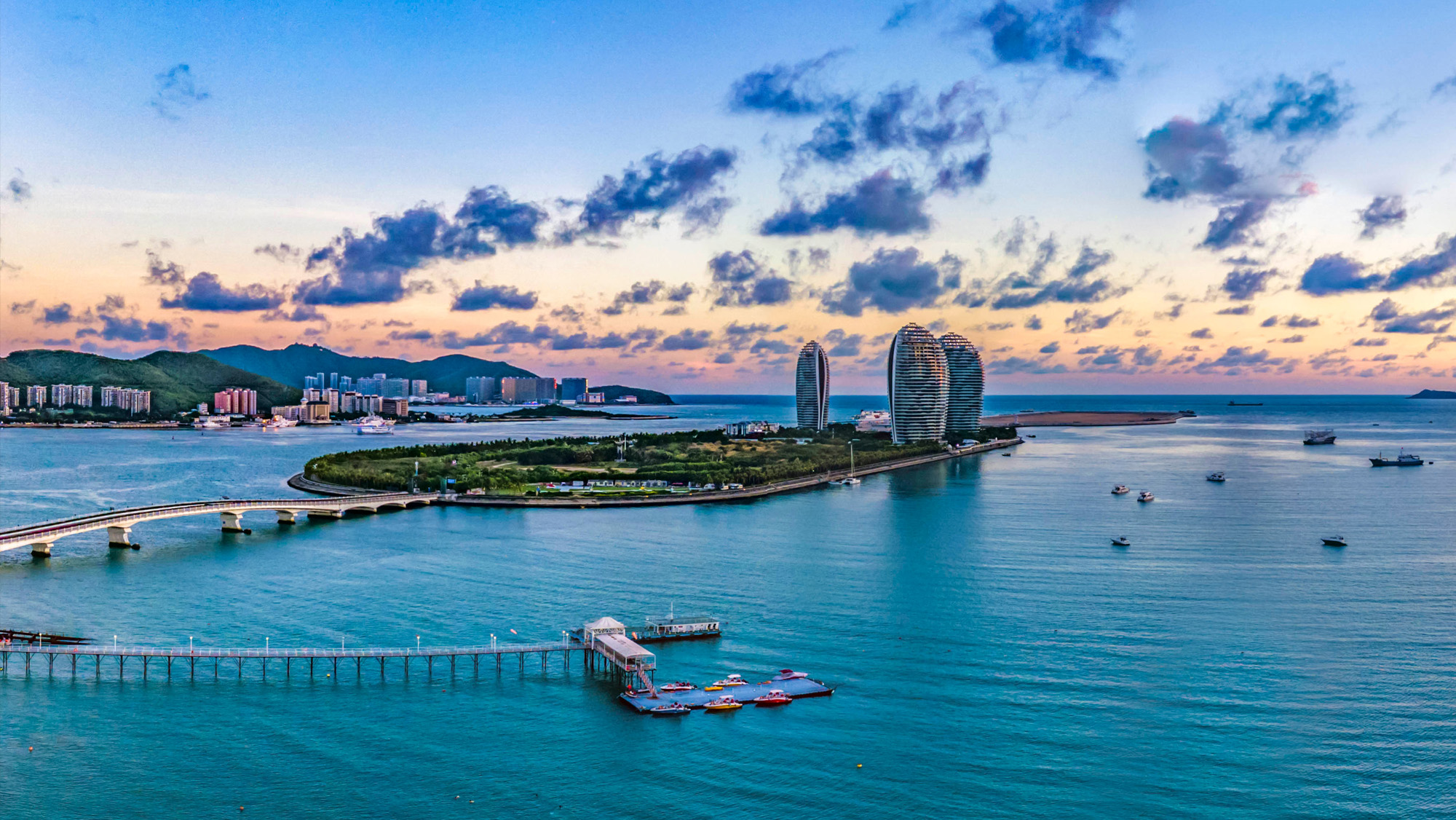Predictions are fraught and challenging at the best of times. In the midst of a global pandemic, however, they must be approached with utmost caution.
The past year has decimated the global travel industry costing an estimated trillion dollars in damage and threatening well over 100 million jobs. No market is more essential to the future of tourism than China: in 2019, it delivered more than 170 million journeys, billions in spending, and has serious room for growth.
With China having largely contained the virus, domestic appetite for travel resurging across 2020, and a vaccine being rolled out globally, there is cause for tempered optimism when it comes to Chinese outbound travel.
Jing Travel spoke to a host of industry experts to learn their Chinese travel predictions for 2021.
What are your projections for China’s travel industry in the coming year?
Dr. Wolfgang Georg Arlt, Founder, China Outbound Tourism Research Institute: Domestic tourism in China will increase in the first half of 2021, especially for May Golden Week. As soon as the virus is under control, visas are available, and flights resume, Chinese will start to travel again internationally, first for business, family, and studies. For 2021, the COTRI forecast is 100 million border crossings from Mainland China.
Which domestic destinations will be popular in 2021?
Michael Lin, Business Director, Mailman X: Xinjiang; the government is looking to expand and develop tourism. Tibet; recent developments have created a sensation which has sparked government interest to drive tourism to the area; look for a Q1 spike. Also, smaller towns around major Tier 1 cities that are accessible by car and offer a sanctuary of escape.

The number of searches for Tibet influencer Ding Zhen’s hometown, Litang, on Ctrip skyrocketed by 620% in just 10 days. Image: What’s On Weibo
Sienna Parulis-Cook, Associate Director of Communications, Dragon Trail Interactive: During winter 2021, Hainan will continue to be popular. We should also look out for winter tourism destinations. The Zhangjiakou area outside of Beijing has developed so much in just the past couple of years in anticipation of the 2022 Winter Olympics, with lots of new ski resorts, and impressive accommodation.
Which digital trends are you keeping an eye on when it comes to Chinese travel in 2021?
Ashley Dudarenok, Founder of ChoZan and Alarice: E-wallets. Penetration rates increased from 18 percent to 25 percent in Southeast Asian regions such as Singapore, Malaysia, Indonesia, and Thailand. Cash transaction rates dropped from 48 percent to 37 percent after the pandemic. This is noteworthy as the adoption of digital payment ecosystems in these neighboring countries sets a very good foundation for facilitating both inbound and outbound tourism within Southeast Asia.
Arlt: WeChat Mini Programs, especially those integrating payment possibilities and realtime information. During lockdown, many more programs were created and used by people more intensely. It is now solidly fixed as a part of daily users’ media and will be used even more in 2021.

The number of WeChat Mini Programs has increased alongside users’ engagement rates. Image: Walk The Chat
What do international travel stakeholders need to consider for the coming year?
Lin: Chinese travelers have already begun dreaming of traveling outside China. The success of domestic travel is a window into what travel will happen internationally. The most important thing going into 2021 is to get into the minds of travelers. They are already planning where they will go — driving inspiration, providing new content and stories [that] will elevate “popular” destinations to visit.
Dudarenok: Tourists now expect to receive immediate assistance from service providers in times of crisis, be it arranging immediate transportation to send them back home or offering flexible cancellation policies. Tourists would previously make their purchasing decisions based solely on the price, but they are now more willing to pay extra for peace in mind.



